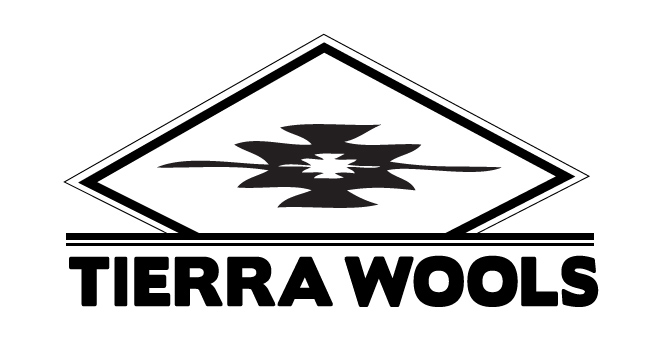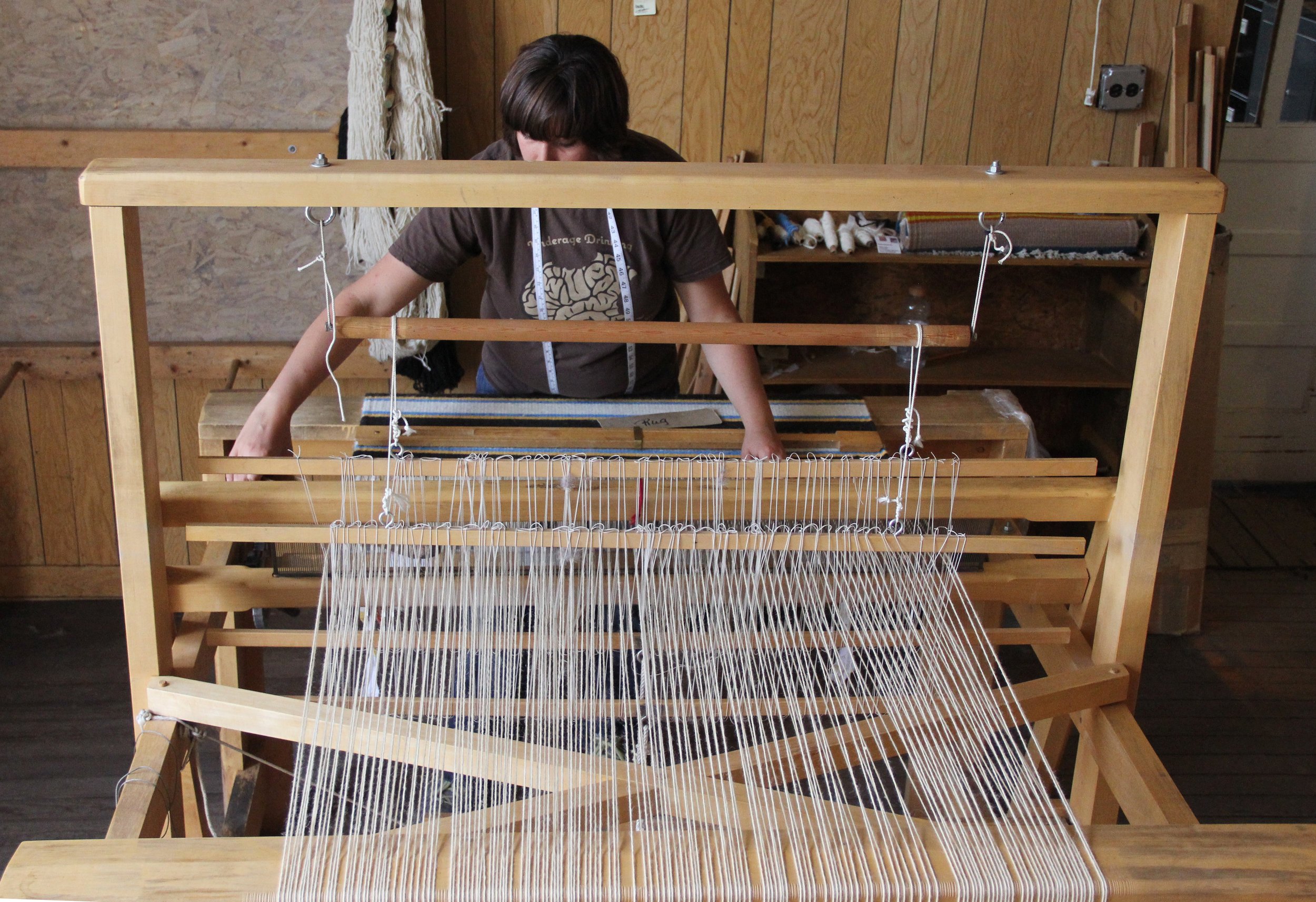The Ancient Threads of Warp and Weft
To those who weave, the alluring rhythm of the loom, throw and beat – throw and beat, the weft passing over warp again and again, creates a soothing, meditative cadence that asks us to slow down, to be present with every pass of the shuttle as our kind of moving meditation as our imagined designs begin to appear on the warp. The measured tempo of the loom unites us as weavers across the world, and even through time, linking us to the long and storied history of weaving itself.
Every time we weave, we’re participating in a piece of history, the latest iteration of a craft that stretches across the ages, even as far back as civilization itself. Weaving is an ancient practice, dating back tens of thousands of years to the Paleolithic era and perhaps before. With silk in Asia, cotton and flax in Africa, plant fibers like palmetto in the Americas, and wool across Europe and beyond, weavers have used the fibers of their regions for their work with looms of all designs and sizes.
Our English words for warp and weft reflect the ancient roots of weaving itself. The Old English version of the word ‘warp’, wearp, carried much the same meaning as we use today – the long, tightly twisted threads wound on a loom for weaving – but as a verb could also mean “to throw” or “to cast a net” as one might when fishing, perhaps reflecting a similarity in the type of fiber used for warping a loom as constructing a fishing net. Later, ‘to warp’ developed the sense of something that becomes deformed or twisted, as in a “warped board” or a “warped sense of humor,” just as your warp can be warped by a weft that is pulled too tight!
‘Weft’ is an equally-ancient word from Old English wefta, meaning both “weft” as we use it today and “fine thread” as might be found in a spider’s web. ‘Woof,’ a less-commonly used synonym for weft, derives its origins from the Old English owef, from wefan, “to weave.” Both ‘weft’ and ‘woof’ can be used as a verb as well: “to weft” or “to woof” simply mean “to weave.” From these same roots come the rarely-used but delightful words ‘woofed’ and ‘woofy,’ meaning “woven” or “resembling a woven fabric.”
So the next time you’re warping or wefting, take a moment to appreciate your role in the long history of weaving – the vital part you’re playing in preserving the practice of this ancient tradition for future generations. Thanks for weaving with us at Tierra Wools – we wish you all the best with your next wooly woofy creation!
Want to learn more about warping? Sign up for Tierra Wools’ newest summer course, Warping a Rio Grande Loom, to learn everything you need to know to get your loom set up for weaving!
References
Warp. (2024, January 16). Wiktionary. Retrieved 20:03, February 25, 2024 from https://en.wiktionary.org/w/index.php?title=warp&oldid=77648706.
Weft. (2024, February 17). Wiktionary. Retrieved 20:03, February 25, 2024 from https://en.wiktionary.org/w/index.php?title=weft&oldid=78132200.
Woof. (2024, February 20). Wiktionary. Retrieved 20:01, February 25, 2024 from https://en.wiktionary.org/w/index.php?title=woof&oldid=78158930.



